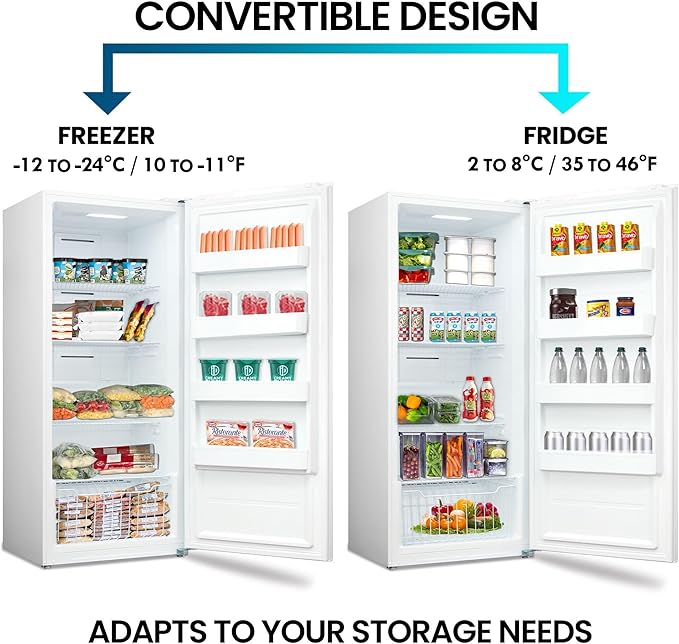Principle of Freezer Refrigeration
The primary function of a freezer is refrigeration and preservation. Both users and maintenance personnel should understand the refrigeration principle to facilitate operation and troubleshooting. This section provides a comprehensive analysis of the refrigeration principle of a low-temperature freezer.
Refrigeration Principle of a Low-Temperature Freezer
A freezer is a specialized storage unit designed for freezing various foods. It can take the form of small cabinets or chambers that keep items cold, boxes equipped with ice machines, or storage units with refrigeration devices. Freezers are commonly used in both household and industrial settings. The refrigeration system of a freezer consists of four essential components: the compressor, the condenser, the expansion valve (or throttling device), and the evaporator.
How Freezer Refrigeration Works
The refrigeration process involves two key phases: vaporization (liquid to vapor) and liquefaction (vapor to liquid). Both refrigerators and air conditioners operate on the same principles:
- Refrigerant (gas) at low temperature and low pressure enters the compressor.
- The compressor increases the refrigerant’s pressure and temperature, transforming it into a liquid refrigerant at high temperature and high pressure.
- The liquid refrigerant moves to the condenser, where it releases heat to the surrounding environment, cooling down and remaining in a liquid state at low temperature and high pressure.
- The refrigerant then flows through a capillary tube to the evaporator (typically a copper tube surrounding the inner wall of the freezer). Here, it undergoes gasification, absorbing heat from inside the freezer, which lowers the internal temperature.
- The gaseous refrigerant, now at low temperature and low pressure, returns to the compressor to repeat the cycle.
This continuous process effectively removes heat from inside the freezer, ensuring that stored items remain frozen.
Freezer Product Performance
- Refrigeration and Fresh Keeping: Freezers provide dual temperature settings and accommodate a wide storage range.
- Sealing Performance: Good sealing minimizes temperature fluctuations within the unit, reducing energy consumption.
- Aesthetic Design: The overall shape of the freezer is designed to be generous and visually appealing.

